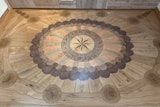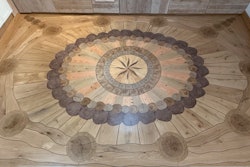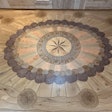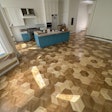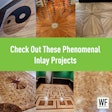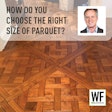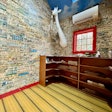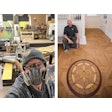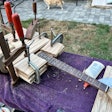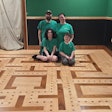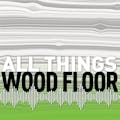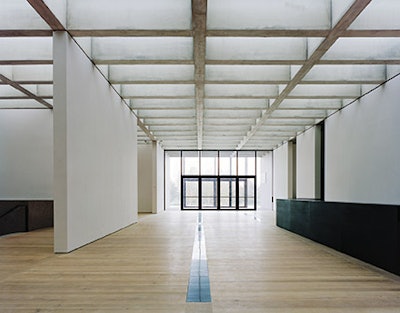
 Simon Menges
Simon Menges
 Alise O'Brien Photography
Alise O'Brien Photography
The general contractor for the St. Louis Art Museum's expansion wanted 30,000 square feet of 6-inch-wide, 9-foot-long white oak planks that, under no circumstances, would expand. On top of that, the art museum did not want to turn its HVAC system on during installation, which would mean having to clean the system's filters thoroughly before opening to comply with LEED requirements. How to install this floor and ensure no expansion?
It was a challenge that Flooring Systems Inc.'s COO Andy Meyer made his personal mission. He read tech manuals, wrote memos to his staff, had conversations with the National Wood Flooring Association experts and read some more. After more than 20 hours spent researching technical material, he figured out a solution.
During installation, he'd ask the general contractor to maintain a 57 percent RH with portable air units. Meyer would install the boards above what the long-term RH of the building would be. The boards would shrink marginally, and more in thickness than in width since the wood was quartersawn. But they would not swell larger than when they were installed, just as the museum ordered.
The wood wouldn't move much later, either. The museum's state-of-the-art HVAC system adjusts the humidity depending on the season, keeping it at 50 percent RH in summer and 45 percent in winter, plus or minus 2 percent. The system makes RH transitions one percentage point per week.
It has been a year and a half since the museum expansion opened, and the floor hasn't expanded yet. "You can hang your hat on a project like this," Meyer says. "It shows you've got the technical ability and the labor force to do the highly technical." (The St. Louis Art Museum is located at 1 Fine Arts Drive, 6.5 miles from the Edward Jones Dome.)










